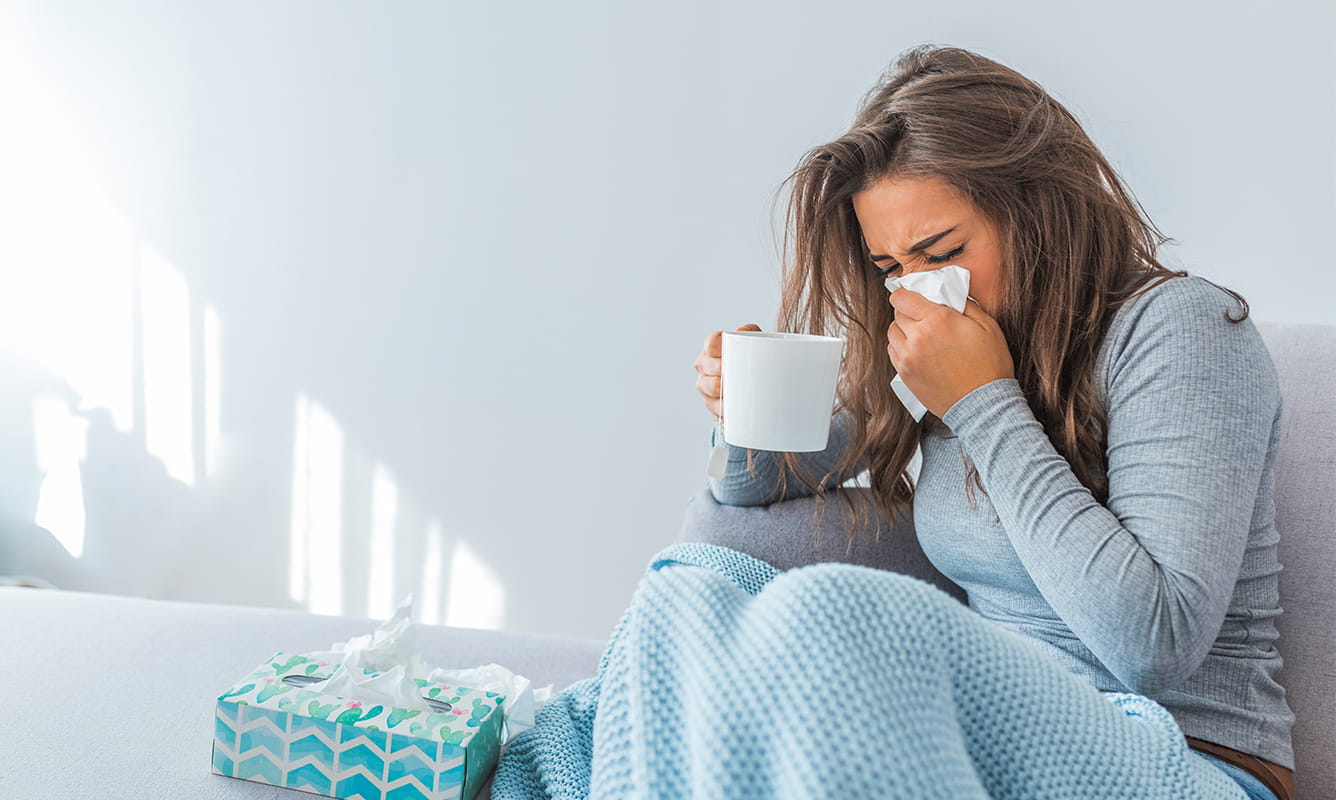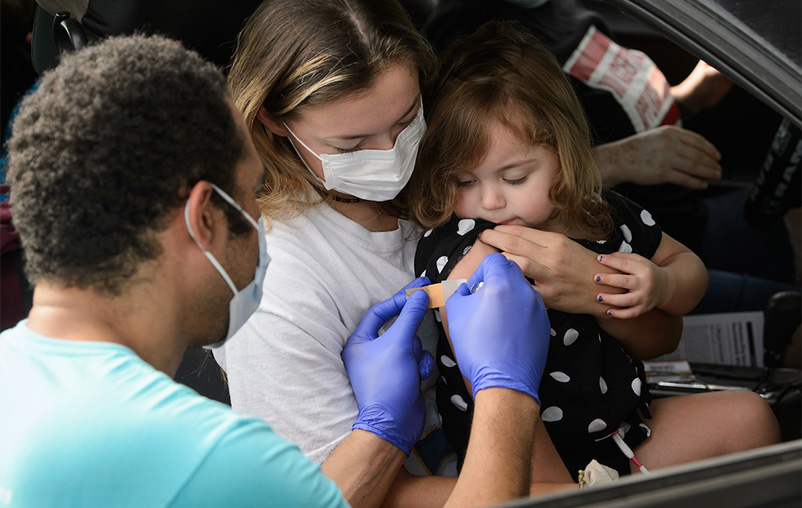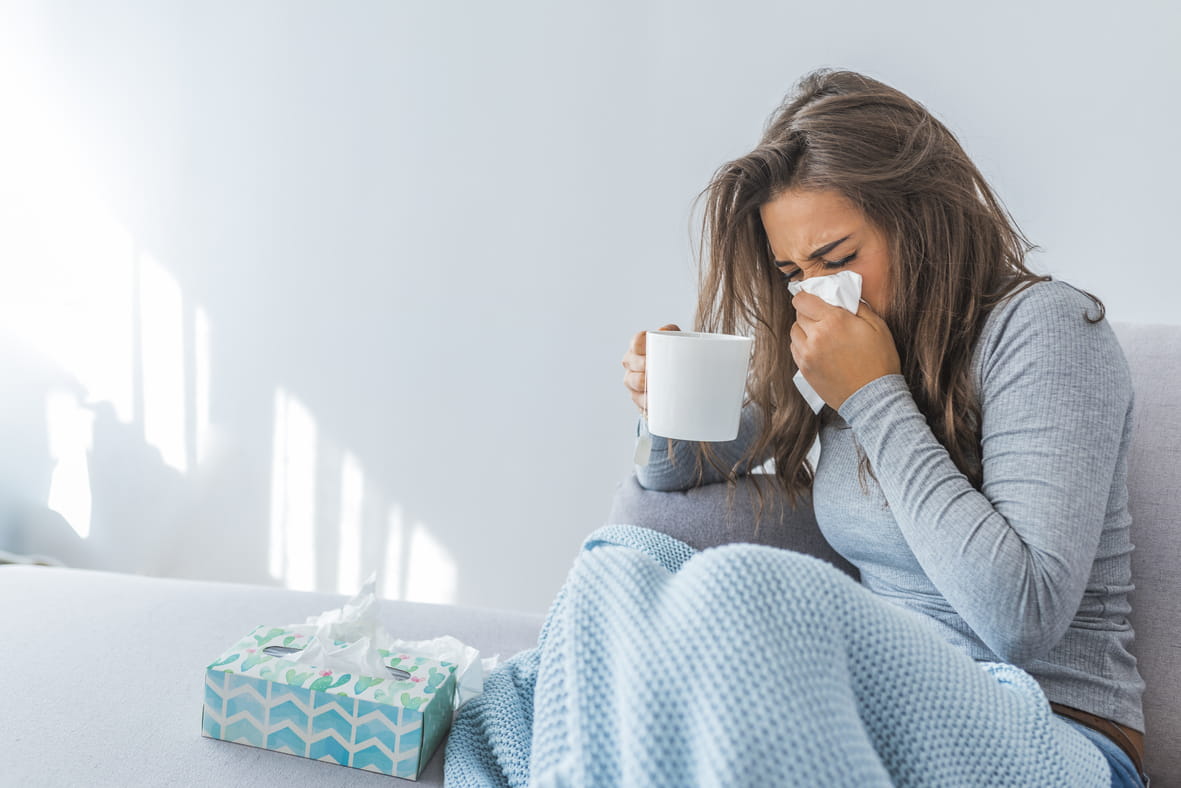Millions of Americans are getting COVID fatigue and just want it to be over. States are easing restrictions and there’s a mixed reaction. The reopening of public places comes as a relief to some and is a cause for concern for others.
More than 20 states have recently recorded increased cases of the novel coronavirus, including Texas. Whether you want to go out to eat or get together with friends, it’s best to assess the risk of the environment you’re going into. The more you interact with other people and the longer you interact, the higher the risk of getting COVID-19.
The reality is that a vaccine could take 12 to 18 months – no one knows for sure. Until then, we need to create a personal strategy that works to protect each one of us individually and at the same time helps to protect those around us.
Take comfort in knowing that you can make decisions of where you go and who you go with. Empower yourself to speak up and be your own advocate when out in public. If others are not wearing masks or keeping 6 feet away from your family members, say something to management. Don’t be silent and feel anxious about it. Politely encourage others to follow the protective measures that help to prevent transmission.
Determine your personal comfort level when considering going to these types of public places. To be helpful, we’ve listed potential risks to consider and actions you can take to help minimize your risks in these different scenarios.
Restaurants: Dining inside near a lot of people is not ideal, especially if the tables are close together.
How to reduce your risk: Ask to be seated in a well-ventilated area and away from others, if possible. Try to keep your dining time short. Choose restaurants that space tables far apart and follow preventative protocols. Curbside pickup may remain a preferred option due to its reduced risk.
Bars: Experts have warned that bars are one of the highest risk places during a pandemic. They often have poor ventilation and are designed to encourage close proximity with others. This environment promotes animated conversations and removal of masks to sip on drinks.
How to reduce your risk: Wear your mask and maintain physical distance. But knowing that many bars are enclosed spaces - realistically there’s no ideal way to significantly minimize your risk of infection.
Concert halls, churches and theaters: The Centers for Disease Control and Prevention advises against attending gatherings of 10 or more people. These gatherings are high-risk because there’s a greater chance of coming into close contact with an infected person or contaminated surface. These venues provide less likelihood of proper social distancing.
How to reduce risk: Call ahead and ask what protocols they follow. Ask what spacing rules they observe and if it’s strictly enforced. You can decide not to go. If you do, wear your mask at all times and respectfully avoid shaking hands.
Transportation: It’s hard to maintain an appropriate physical distance on subways, buses, trains or planes - so you will likely be exposed to many people.
How to reduce your risk: Avoid touching handrails, door pulls or buttons when possible. Wear your mask and don’t touch your mask or face. Wash your hands or use hand sanitizer frequently.
Hair and nail salons: As much as you want to get your hair and nails done – keep in mind that these type of businesses can potentially be a high-risk environment. People interact in close proximity to each other and you may be exposed to surfaces that have been touched by many other clients.
How to reduce risk: Consider the physical layout of the salon. If you want to continue to go to one of these places, pick one that has chairs that are well spaced apart and a stylist who always wears a mask and requires customers to wear masks. Try to find a salon that insists on all clients using hand sanitizer upon entrance.
Pools, parks and beaches: There is little likelihood of contracting the coronavirus from water like a shared pool or the ocean. Despite being outside, these places can fill up quickly and this often results in a loosening of social distancing protocols.
How to reduce risk: Plan ahead and don’t go with a large group of friends. The fewer people the better. Don’t be tempted to come in close contact with new friends that you meet. If you want to interact, keep your distance while speaking to anyone and follow preventative protocols.
Large outdoor gatherings: Because you’re not confined to an area where air needs to be ventilated, outdoor gatherings pose less risk than indoor events. However, don’t let your guard down. In this situation, the risk increases if you’re tempted to loosen prevention methods – such as taking your mask off.
How to reduce your risk: Always make an effort to keep a safe physical distance away. Wear your mask as much as possible and do not share glasses, food or cutlery with others.
Small outdoor activities: Perhaps you enjoy camping, hiking or having picnics in natural spaces. This can be a safer type of activity and help you to get out of the house. In fact, a Chinese study found that only one transmission in over 7,000 COVID-19 cases could be traced to the outdoors.
How to reduce your risk: Only go to these places with people in your household and if you have to be close to someone, wear your mask and pass by them quickly.
Small backyard gatherings: Summer is here and you want to fire up the grill. Many of us are looking forward to gathering on the back patio with family and friends once again. Relative to some of the other activities, this could be one of the safest because you can control the environment.
How to reduce your risk: Stay outdoors and keep your gatherings to fewer than 10 people. Remember, less people – less risk of coming into contact with COVID-19. It can be challenging, but even with extended family from outside of your household, keep a safe physical distance away. It helps to protect everyone.
It’s more important than ever that you follow best practices and the protocols recommend by the World Health Organization and the CDC. Follow a disciplined plan that will help you – and those around you – to remain as healthy as possible.
When you’re out in public – wear your mask or cloth face covering, maintain a distance of 6 feet and wash or sanitize your hands. It may sound like a repetitive refrain, but following these steps could very well prevent you or someone you love from becoming seriously ill.




